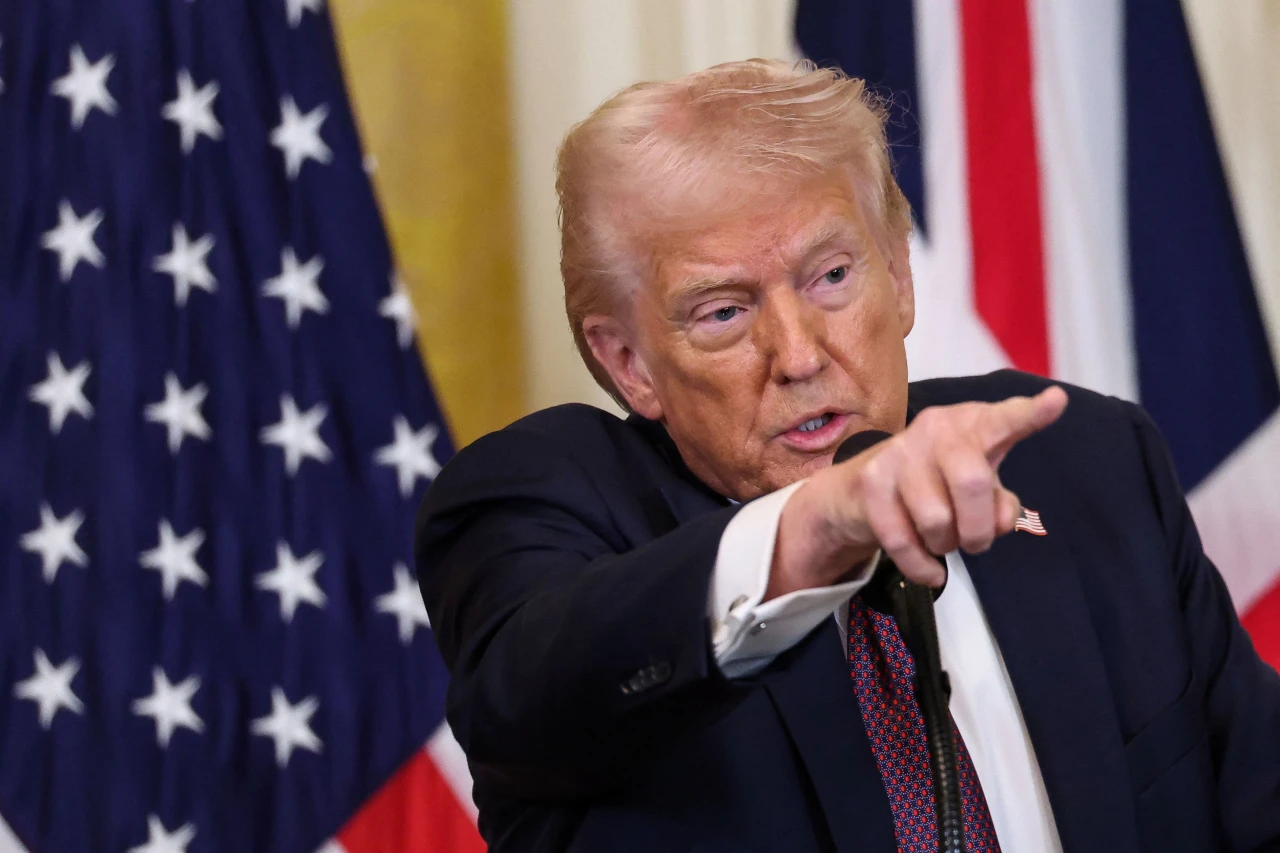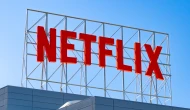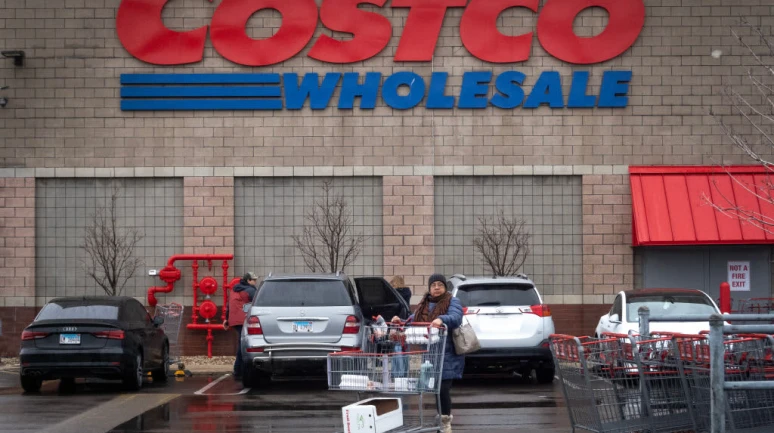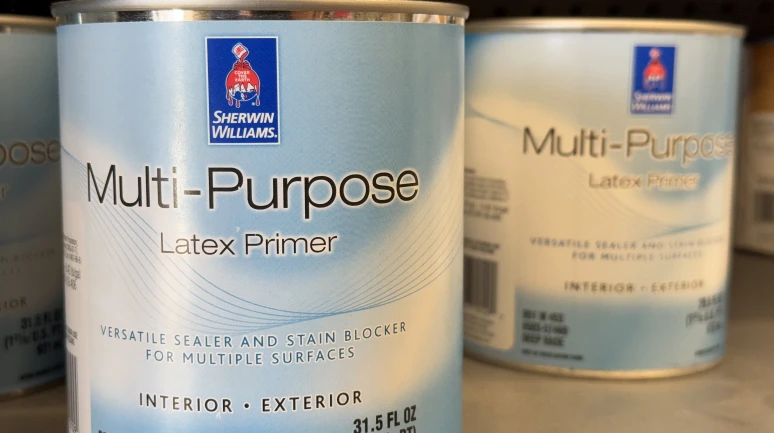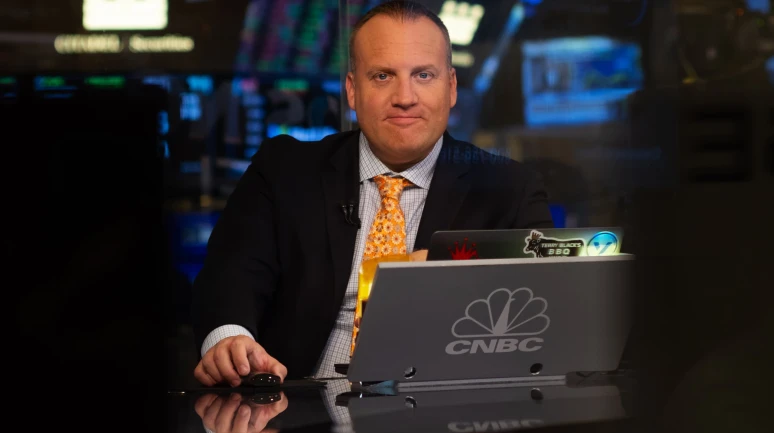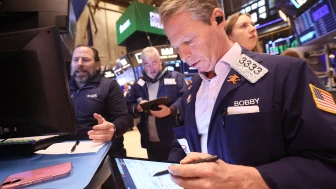Trump could aim to counteract any negative effects of the tariffs on the economy. This approach could help stimulate consumer spending, business investment, and overall economic activity. However, the effectiveness of fiscal stimulus in mitigating the impact of tariffs remains a topic of debate among economists. It will be interesting to see how Trump navigates this economic challenge and whether fiscal stimulus will play a significant role in his strategy moving forward.
In the financial world, the concept of the "Fed put" has long been relied upon by investors to provide a safety net for the stock market. However, with the emergence of more assertive fiscal policies, a new type of protective measure, known as the "White House put" or the "Trump put," is gaining attention.
The Concept of "White House Put" in the Market
Investors have long relied on the so-called "Fed put" to provide a safety net for the stock market, but now, with a shift towards more aggressive fiscal policies, a new term is gaining prominence - the "White House put."
As uncertainties surrounding looming tariffs persist, investors have experienced volatility in the market. While the prospect of tariffs has contributed to market unease, Trump's efforts to reduce regulations and extend tax cuts from 2017 could serve as counterbalancing factors to support economic stability.
The intricacies of how verbal support from policymakers would manifest remain unclear. Despite the impending challenges posed by tariffs, the combination of fiscal stimulus measures and potential regulatory and tax policy adjustments could offer a cushion for the economy amidst evolving market conditions.
Market Strategists' Views
Market strategist Tom Lee and Bank of America's Michael Hartnett have introduced the idea of a "White House put" or a "Trump put," suggesting that President Donald Trump could implement fiscal stimulus measures to counter any negative impact from his tariffs on economic growth.
Lee pointed out that the impact of tariffs could further weaken growth and push the Fed towards a more accommodative monetary policy.Hartnett highlighted a potential intervention threshold for the "Trump put," setting the S & P 500's first strike price at 5,783, just below the index's level on Election Day in 2024. He suggested that any decline beyond this point could trigger negative market sentiment and necessitate supportive statements from policymakers to reassure risk-exposed investors.
Tom Lee's Perspective
Tom Lee, from Fundstrat Global Advisors, believes that a "White House put" is still in effect, as the administration aims to prevent an economic slowdown that could lead to a recession by providing fiscal support when needed.
Looking ahead to the first quarter, Lee anticipates that the Federal Reserve may adopt a more dovish stance and consider interest rate cuts to mitigate economic deceleration. The Atlanta Fed's GDPNow tracker recently revised its first-quarter outlook to show a 1.5% contraction following a decline in consumer spending in January.
Concerns Over Economic Slowdown
Recent consumer surveys indicate growing concerns among the public regarding the potential repercussions of the administration's policies, particularly in relation to inflation and economic stability.
Recent consumer surveys have indicated growing apprehension about the administration's policies and concerns about potential inflation resurgence. While market indicators do not yet reflect significant inflation worries, declining bond yields suggest an increased fear of recession risks.
Market Indicators and Recession Risks
While market-based indicators do not currently reflect significant inflation concerns, the decline in bond yields is signaling increased apprehension about the risks of a potential recession.
Market strategist Tom Lee and Bank of America's Michael Hartnett have introduced the idea of a potential "White House put," suggesting that President Donald Trump could implement fiscal stimulus measures to counteract any negative effects of his tariffs on economic growth. Lee emphasized that the White House aims to prevent an economic slowdown that could lead to a recession, indicating that a "White House put" remains a viable strategy.
Predictions for the First Quarter
Looking ahead, analysts anticipate that the Federal Reserve may adopt a more dovish stance, potentially indicating a willingness to lower interest rates to mitigate the impact of a slowing economy.
Impact of Tariffs on Growth
The imposition of tariffs is expected to have a dampening effect on economic growth, prompting discussions about the necessity for fiscal and monetary interventions to support the markets.
Role of Verbal Support
Market participants are uncertain about the form of verbal support that policymakers might offer in response to the evolving economic conditions and trade tensions.
Market Volatility and Policy Decisions
The volatility in the markets, driven by tariff uncertainties and economic data, underscores the importance of proactive policy measures to stabilize investor sentiment and economic performance.

